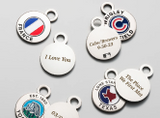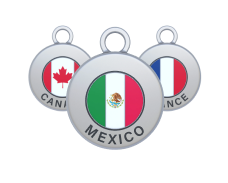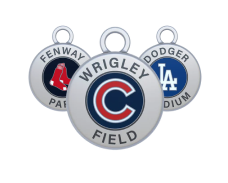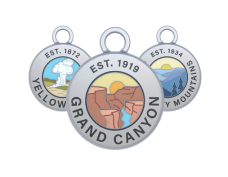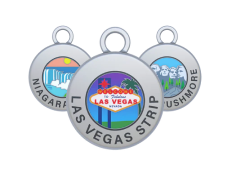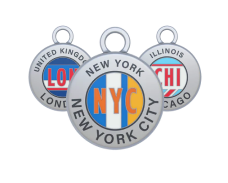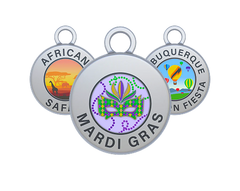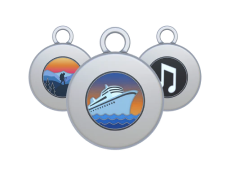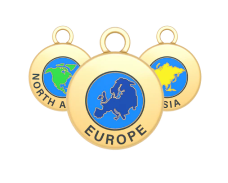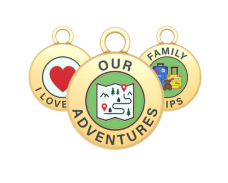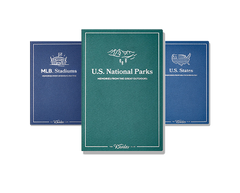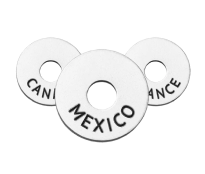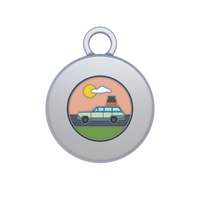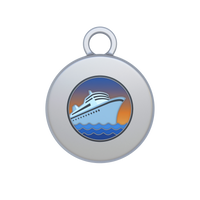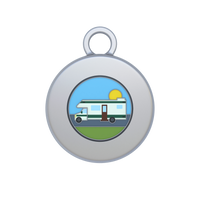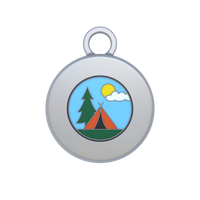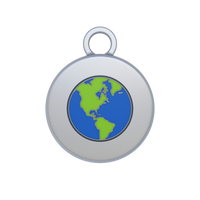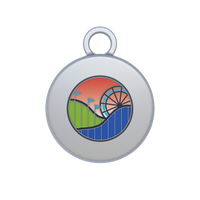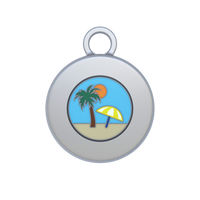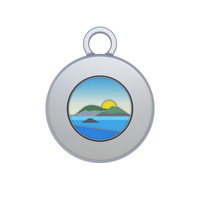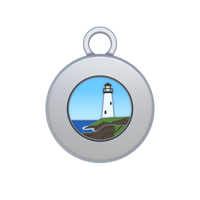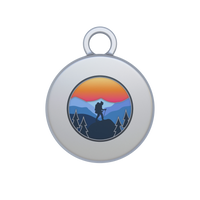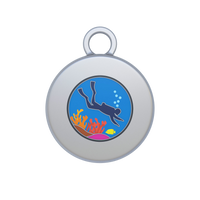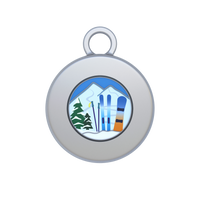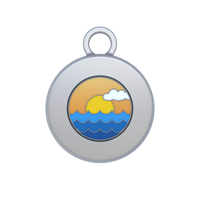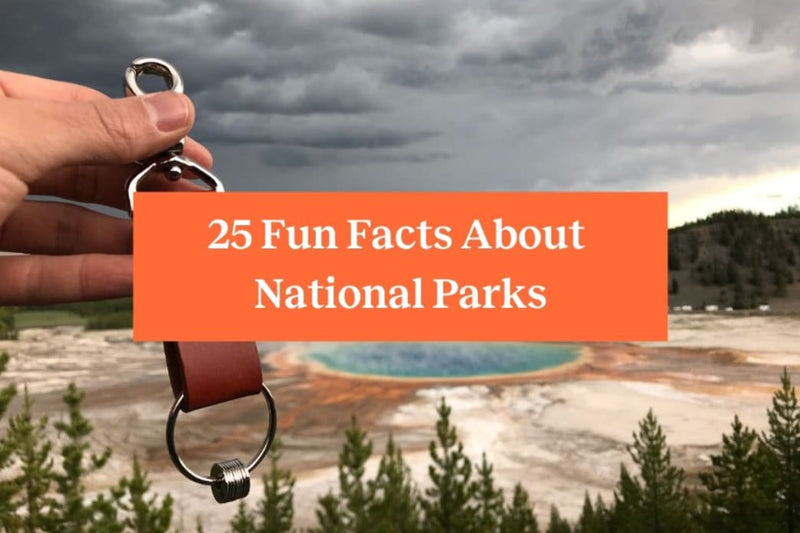
Every year, hundreds of millions of people from all over the world visit America’s national parks — and it’s easy to understand why.
From icons like the awe-inspiring Grand Canyon and Yosemite, with its unmistakable granite formations, to lesser-known gems including Utah’s Capitol Reef and Big Bend, sitting directly on the U.S.-Mexico border, our national parks truly have something for everyone.
As wildly popular as they are, though, there’s still so much we have yet to learn about U.S. national parks. For example, do you know what the first one ever created was? Or that the country’s first sunrise falls inside a national park for half of the year?
How about where the longest cave in the entire world is located? Hint: it’s in one of our national parks! If you love collecting football facts, you’ll enjoy these national park tidbits just as much
Ready for more fun facts about national parks? Us too! Let’s get into it!
25 Fun Facts About National Parks
1. Rocky Mountain National Park is home to the highest paved road in the United States, 28-mile-long Mount Evans Scenic Byway.
We’re kicking off our list of fun facts about national parks with this tidbit about one of the most iconic. Topping out at a stunning 14,130 feet, Mount Evans Scenic Byway is actually the highest paved road on the continent!
2. Another fun Colorado national park fact: Great Sand Dunes has the tallest sand dunes in all of North America.
Some reach as high as 750 feet tall! If you really want to have a unique adventure in this Colorado national park, try sandboarding!
3. There are a handful of national parks on islands accessible only by boat or plane.
That's right — you can't drive to Dry Tortugas National Park in Florida, Michigan’s Isle Royale, or Channel Islands in California.
4. Similarly, there are several Alaska national parks you must take a boat or fly into because they have no roads.
This includes Kobuk Valley, Katmai, and Lake Clark National Parks. These parks encompass some of the most well-protected, pristine wilderness areas in the world.
5. Kobuk Valley is the least-visited national park in the U.S.
Because of its extremely remote location, Kobuk Valley draws just 3,000 visitors each year. To put that into perspective, Zion National Park receives an average of 4 million annual visitors!
This exceptionally remote park in northwestern Alaska doesn’t have any roads or a single marked trail, so even if you do manage to get there, be prepared for a truly wild adventure!
6. The Grand Canyon is (quite a bit) bigger than the entire state of Rhode Island.
Rolling right along with fun facts about national parks! Little Rhody measures 1,212 square miles in size, while the Grand Canyon is a whopping 1,904 square miles.
7. Maine’s Acadia National Park sees the country’s first sunrise for several months a year.
From mid-October to early March, the very first sliver of sunshine in the U.S. falls on Cadillac Mountain, the highest point in the park.
8. Although Yellowstone was the first official national park, it was not the first-ever plot of American land to be federally protected.
That honor belongs to Hot Springs National Park in Arkansas, which received protected status in 1832. However, it didn’t become a national park until 1921.
9. Crater Lake is the deepest lake in the United States at 1,932 feet.
The lake also gets its renowned sapphire blue color entirely from rainfall and snowmelt; it doesn't have any inlets to or from other water sources.
10. Several national parks are always completely free to enter.
This accounts for admission fees only; you may still need to pay for parking, camping, gear rentals, etc.
-
Channel Islands
-
Nevada’s Great Basin
-
Congaree
-
Voyageurs in Minnesota
-
Great Smoky Mountains
-
Cuyahoga in Ohio
-
Arkansas’ Hot Springs
-
Biscayne
-
Redwood — Note that this one is a bit unique. Redwood is one of several parks comprising Redwood National and State Parks; only the national park is free. You’ll pay admission if you go through one of the state park entrances.
-
Most of Alaska’s national parks: Gates of the Arctic, Kenai Fjords, Kobuk Valley, Lake Clark, and Wrangell-St. Elias
11. Denali is on the opposite end of the spectrum from its counterpart free parks in Alaska.
While most national parks charge admission per vehicle, Denali charges per individual. This is because the park doesn't have a traditional entry station and instead charges people when they book bus tours or reserve a campground.
12. Death Valley National Park is home to the lowest point in North America.
Badwater Basin sits at a whopping 282 feet below sea level! In stark contrast, the park’s highest point is 11,049-foot Telescope Peak.
13. A handful of national parks are no longer, including Mackinac Island in Michigan.
Now a state park, Mackinac Island was actually the second national park created by the U.S. government in 1875.
14. There are several theories about how the peaks of the Grand Tetons got their names.
One in particular is the most widely held (not to mention the most interesting!): French voyageurs laid eyes on the distinct mountains after a long journey and immediately coined them “Les trois tétons,” which means “the three teats” when translated.
Even better, the three prominent peaks are individually named and the largest literally means “the big teat” in French. We have so many bad jokes up our sleeves, but Wyoming Magazine really put it best when it referred to Jackson’s “busty skyline.”
15. Kentucky’s aptly-named Mammoth Cave National Park is home to the longest cave system in the entire world.
A stunning 400+ miles have been mapped — so far. However, NPS estimates that the cave system encompasses at least 600 additional miles.
16. Speaking of caves, how’s this for a fun fact about national parks?
Wind Cave in South Dakota holds the distinction of being the first cave on Earth to earn national park designation.
17. Over 20 states don’t have an official national park, but just one doesn’t have either a national park or a national monument: Delaware.
That’s especially interesting because Delaware is the nation’s first official state.
18. Prior to the establishment of the National Park Service in 1916, the parks were managed by the U.S. Army Cavalry.
President Woodrow Wilson created the NPS, which managed the 35 parks that were in existence at the time.
19. If you measure from its base on the seafloor, Mauna Loa in Hawaii Volcanoes National Park is the biggest mountain on Earth — by far.
While it rises “just” 13,678 feet from sea level, more than 30,000 feet of its length are submerged underwater. The shield volcano is so enormous that the seafloor is actually substantially depressed under its weight!
20. Alaska’s Glacier Bay National Park is home to over 1,000 individual glaciers.
Only eight are tidewater glaciers, meaning they extend all the way down to the ocean.
21. The north entrance of Grand Teton and the south entrance of Yellowstone are just 10 miles from one another.
In our opinion, it's almost criminal to visit one but not the other!
22. The world’s largest living tree, General Sherman, lives inside Sequoia National Park in California.
General Sherman measures about 275 feet tall and 36 feet in diameter at the base — truly something you have to see in person to comprehend.
23. Now one of the most iconic national parks, Zion was once called Mukuntuweap National Monument.
It's hard to believe, but Zion also wasn't upgraded to a national park until 1919!
24. White Sands National Park in New Mexico is actually a bit of a misnomer.
The “sand” is technically gypsum, a super-soft mineral. Bonus fun fact: the dunes stay cool to the touch no matter how hot it is, because gypsum doesn’t absorb the sun’s heat.
25. Utah’s Capitol Reef National Park, easily one of the most underrated in the country, is home to thousands of fruit trees.
Even better, visitors can help themselves to much of the fruit, which includes apples, peaches, cherries, and pears. Now that’s a delicious and fun fact!
So how many of these fun facts about national parks are new to you, and which ones did you already know? Do you have another fun fact we missed? We'd love to hear from you!
Connect with us on social media, and be sure to check out our picks for the best national parks gifts for travel lovers — whether you’re national parks-obsessed or just learning about them!
